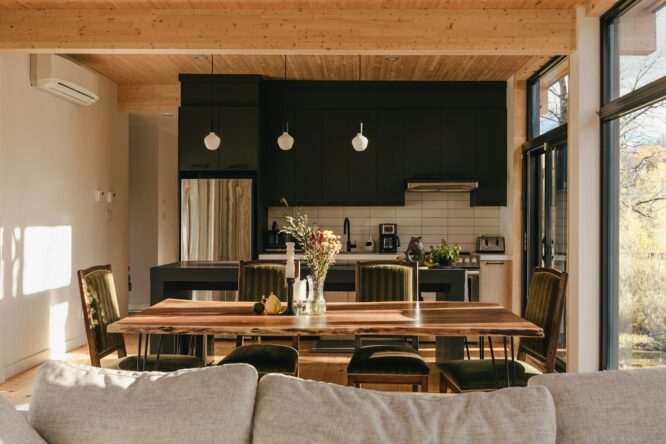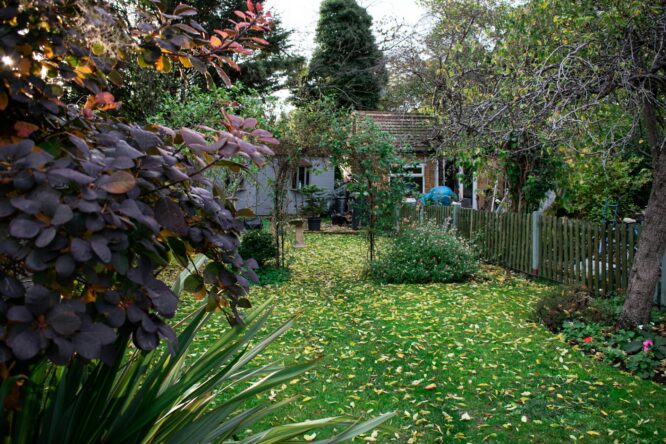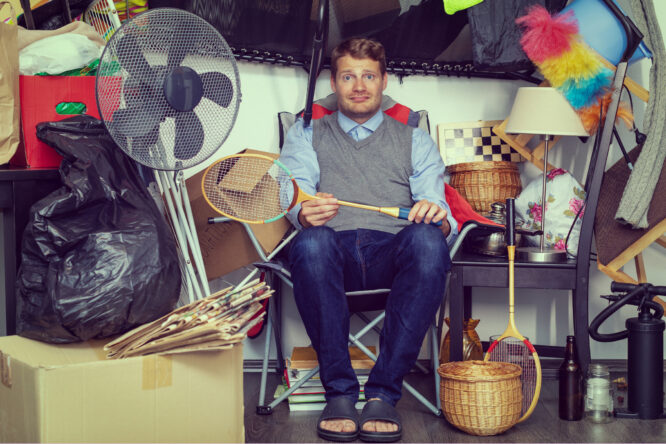Ever find yourself feeling weirdly tense, tired, or unmotivated at home for no clear reason?

Sometimes, it’s not your mood that’s off. It’s your space. You don’t need perfect feng shui, or a pristine set-up in order to feel good about your living space. However, the layout of your home can definitely affect how grounded, calm, or supported you feel without you even realising it. Here are some problems you might be having in your home.
1. Your furniture blocks natural walking flow.
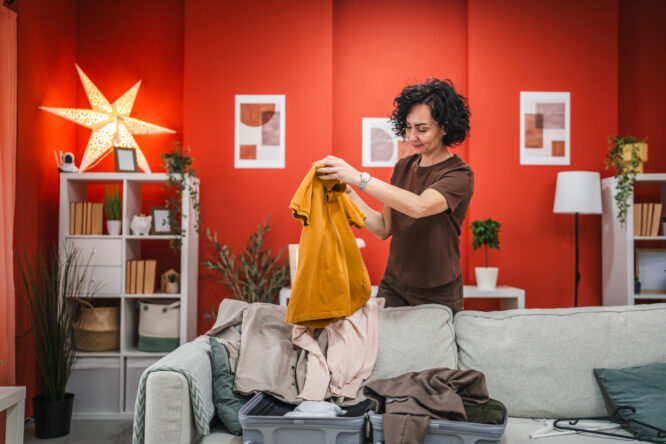
If you’re constantly bumping into corners, sidestepping chairs, or doing awkward detours around your coffee table, your space isn’t flowing the way it should. When your furniture layout interrupts natural movement, it creates tiny moments of frustration that add up over time.
Our brains crave ease in physical movement, even indoors. When we have to “think” about navigating a room, it subtly drains our energy. If your body can’t move freely, your mind can start feeling cluttered, too. Small tweaks like re-angling a couch or pushing a piece back a few inches can shift the whole vibe.
2. Your space doesn’t have a clear purpose in each zone.
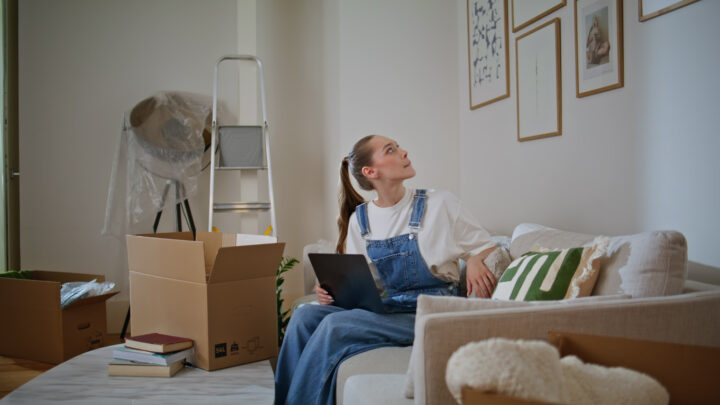
If your living room is doubling as a workspace, gym, and laundry folding station, your brain may never fully settle. Blurred boundaries between “rest” zones and “work” zones can confuse your body’s natural rhythms and leave you feeling restless or unfocused.
Defining spaces doesn’t always require walls, just intentional layout. Even placing a chair to face a different direction, using a rug to separate zones, or dedicating one corner for quiet time can help your mind feel more anchored at home.
3. Your seating isn’t actually comfortable.
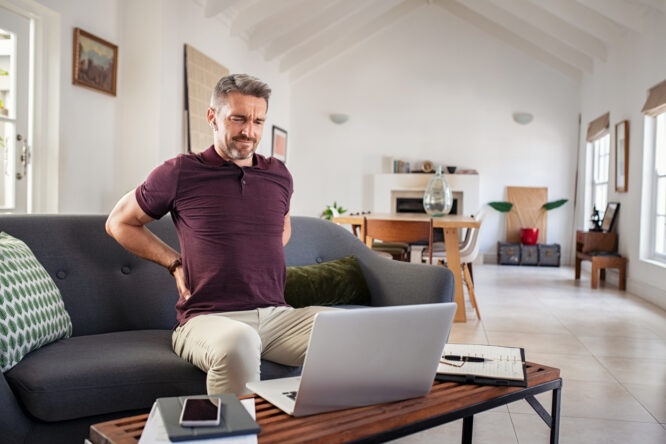
That stylish chair might look great in photos, but if it makes your back ache or leaves you shifting every five minutes, it’s not helping your wellbeing. Many people choose furniture based on appearance, not comfort—and it starts to wear on you without realising it.
Discomfort leads to distraction. When your space doesn’t physically support you, it can trigger low-grade tension, making it harder to relax. If you’re always fidgeting or avoiding certain spots, it might be time to rethink what “comfortable” really means in your space.
4. Your home has too many visual interruptions.

Cluttered walls, overly busy shelves, and constant decor competing for your attention can create visual noise. Even if you’re not consciously focusing on it, your brain is processing every colour, object, and line it sees—and that can quietly exhaust you.
Open spaces and cleaner lines give your mind a break. It doesn’t mean your home needs to be minimal, but reducing unnecessary visual input, especially in rest-heavy areas, can help create a more peaceful atmosphere that supports clarity and calm.
5. Your bed is placed in a way that feels exposed.
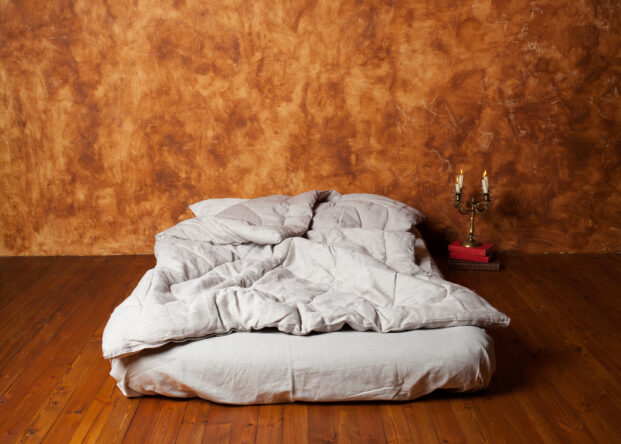
Where your bed sits can have a surprisingly strong impact on how safe or relaxed you feel. If it faces a door directly, is tucked under a window, or sits off-centre in a way that makes you feel exposed, it can mess with your ability to fully rest, even if the mattress is perfect.
We tend to sleep better when our beds are positioned where we can see the entryway without being directly in line with it. That subtle feeling of protection and groundedness allows your nervous system to settle more deeply while you sleep. It’s one of those layout tweaks that can quietly change everything.
6. You’re not facing natural light in your most-used spaces.
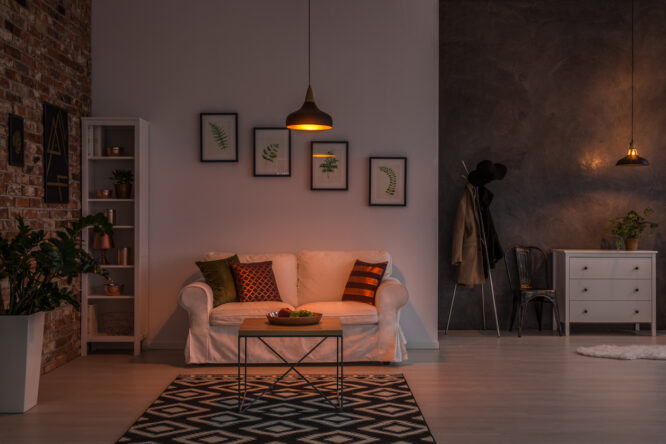
If your desk, couch, or favourite chair has you turned away from the window all day, you’re likely missing out on one of your home’s most regulating elements: light. Our bodies respond to natural light in powerful ways; it boosts mood, helps reset your internal clock, and makes a space feel alive.
Even rotating a piece of furniture to face the light instead of turning away from it can lift your energy. Small adjustments like this can help reduce that sluggish, low-motivation feeling that creeps in when a space feels dim, uninviting, or overly closed in.
7. There’s no intentional “pause point” in your layout.
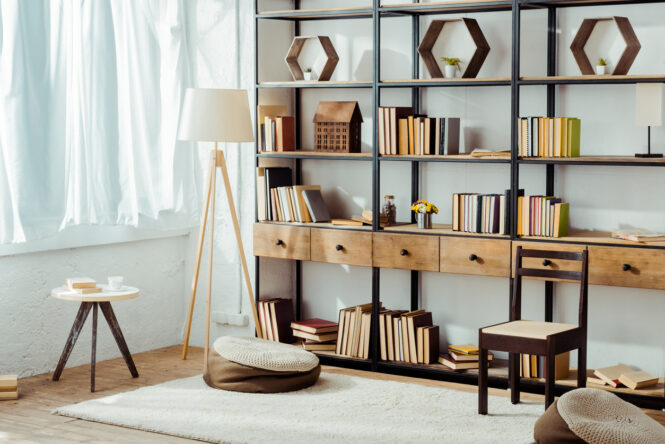
Most homes are designed to move you from one function to the next—kitchen to couch, couch to bedroom, and so on. However, when there’s no spot to just pause, reflect, or slow down, you can start feeling like you’re constantly in go-mode, even inside your own house.
Adding a chair by a window, a cosy corner with a cushion, or a chair angled slightly out of the main flow can create a subtle cue to slow down. It’s not about adding another space to fill; it’s about creating one that invites stillness.
8. Everything’s pushed up against the walls.
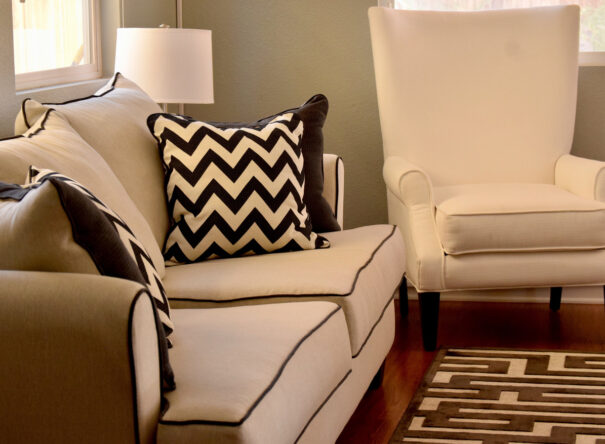
In an attempt to maximise space, many people line every wall with furniture—leaving the middle of the room open but oddly lifeless. This can create a weird energy void in the centre and make your space feel more like a waiting room than a home.
Pulling pieces slightly inward, even just a few inches, can make a room feel more balanced and conversational. It also encourages better flow and warmth, especially in living areas where connection is the focus. It’s a subtle shift, but it often makes the space feel more alive.
9. Your layout doesn’t support how you actually live.
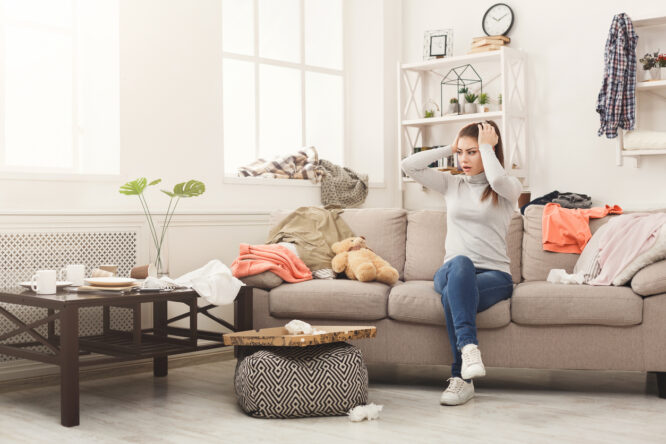
If you find yourself dragging chairs around to get closer to a table, avoiding rooms you don’t use, or always ending up working from the floor, your layout might not match your real habits. When your home is designed for a version of life you’re not actually living, it creates subtle disconnection.
Instead of arranging things based on how a room is “supposed” to look, focus on how you naturally use it. Let your layout evolve to meet your life—not the other way around. That alignment can ease stress and make daily life flow more intuitively.
10. There’s no focal point grounding each room.
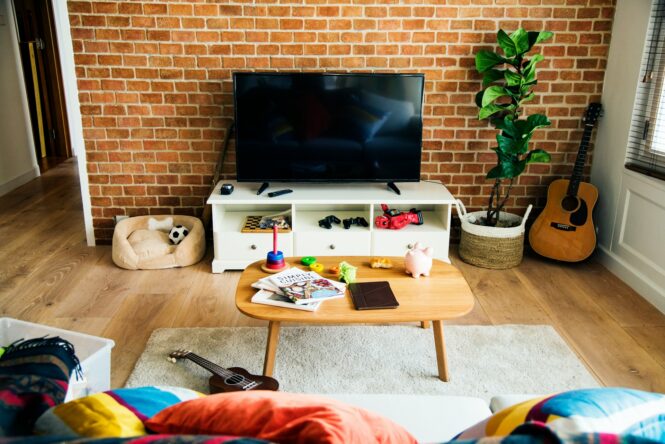
When every room has too many competing elements—or none at all—it can feel chaotic without you realising why. A focal point gives the room visual purpose. It helps anchor your attention and subtly brings structure to the space, even if it’s just a simple shelf, a framed print, or a central piece of furniture.
Without something grounding the room, your eyes keep scanning and your brain stays slightly on alert. Creating one clear visual “centre” calms that mental restlessness and gives the space a more stable, finished feel, even if the rest is imperfect.


